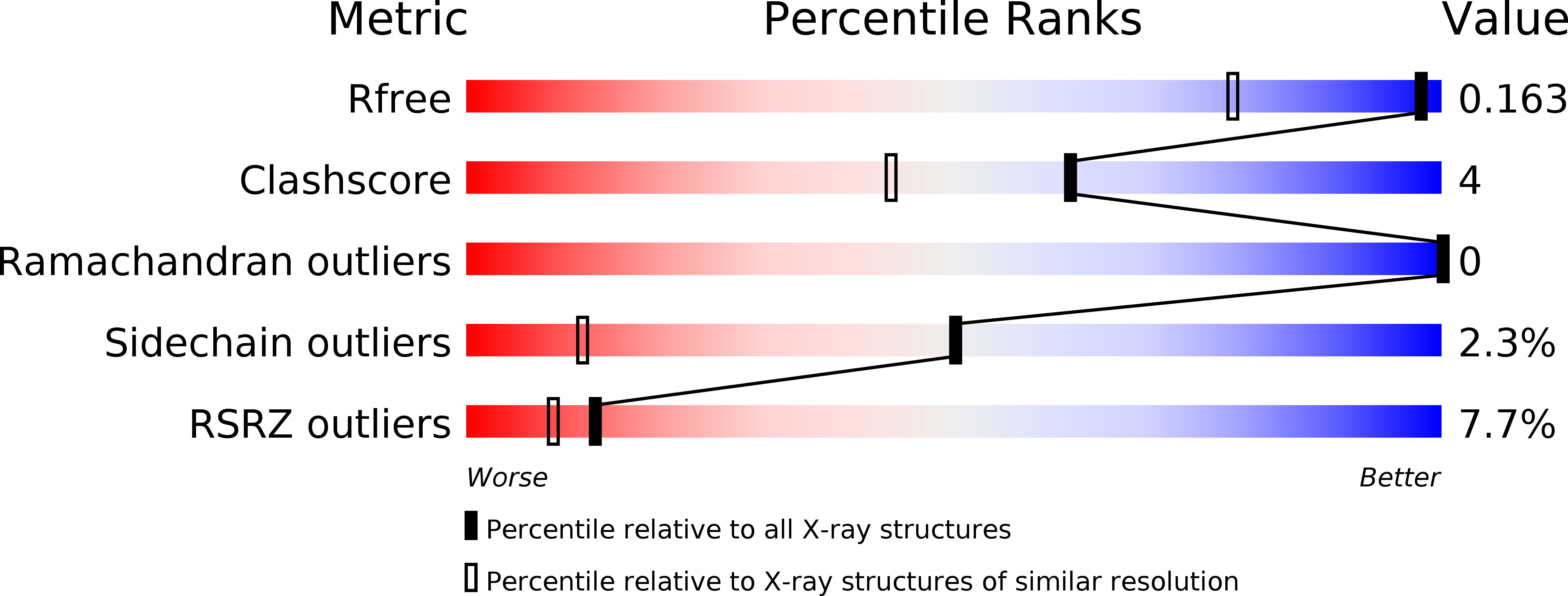
Deposition Date
2010-01-15
Release Date
2010-02-02
Last Version Date
2024-02-21
Entry Detail
PDB ID:
3LEZ
Keywords:
Title:
Crystal structure of a halotolerant bacterial beta-lactamase
Biological Source:
Source Organism:
Oceanobacillus iheyensis (Taxon ID: 182710)
Host Organism:
Method Details:
Experimental Method:
Resolution:
1.25 Å
R-Value Free:
0.17
R-Value Work:
0.15
R-Value Observed:
0.15
Space Group:
P 31 2 1


